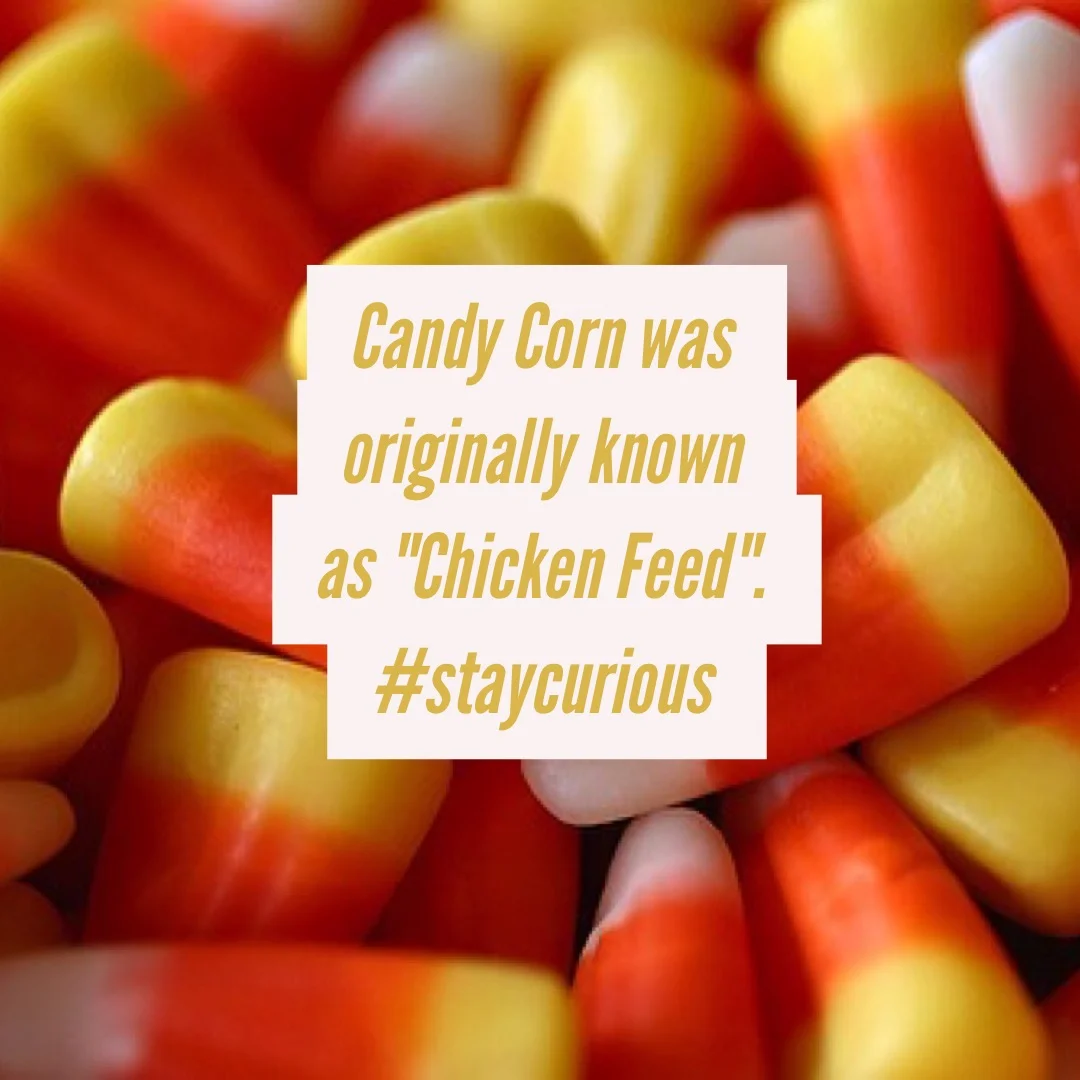40% of corn is used for ethanol to add to fuel; another 40% is used for livestock feed

IT is not often that a stroke of a pen can quickly undo the ravages of nature, but federal regulators now have an opportunity to do just that. Americans’ food budgets will be hit hard by the ongoing Midwestern drought, the worst since 1956. Food bills will rise and many farmers will go bust.
An act of God, right? Well, the drought itself may be, but a human remedy for some of the fallout is at hand — if only the federal authorities would act. By suspending renewable-fuel standards that were unwise from the start, the Environmental Protection Agency could divert vast amounts of corn from inefficient ethanol production back into the food chain, where market forces and common sense dictate it should go.
The drought has now parched about 60 percent of the contiguous 48 states. As a result, global food prices are rising steeply. Corn futures prices on the Chicago exchange have risen about 60 percent since mid-June, hitting record levels, and other grains such as wheat and soybeans are also sharply higher. Livestock and dairy product prices will inevitably follow.
More than one-third of our corn crop is used to feed livestock. Another 13 percent is exported, much of it to feed livestock as well. Another 40 percent is used to produce ethanol. The remainder goes toward food and beverage production.
Previous droughts in the Midwest (most recently in 1988) also resulted in higher food prices, but misguided energy policies are magnifying the effects of the current one. Federal renewable-fuel standards require the blending of 13.2 billion gallons of corn ethanol with gasoline this year. This will require 4.7 billion bushels of corn, 40 percent of this year’s crop.
@Curionic
#staycurious





